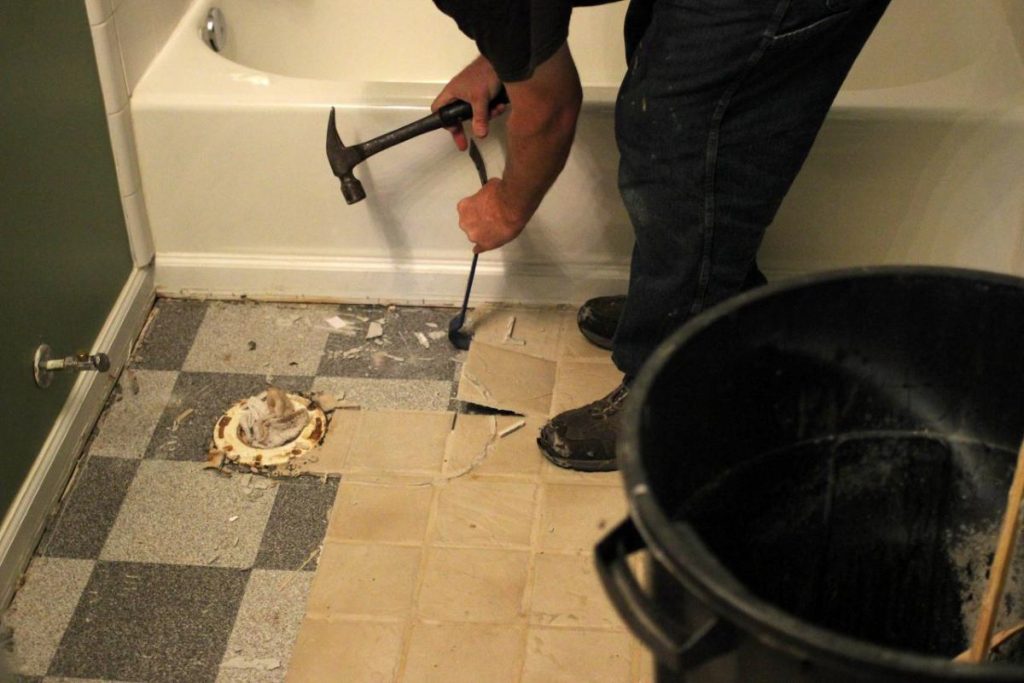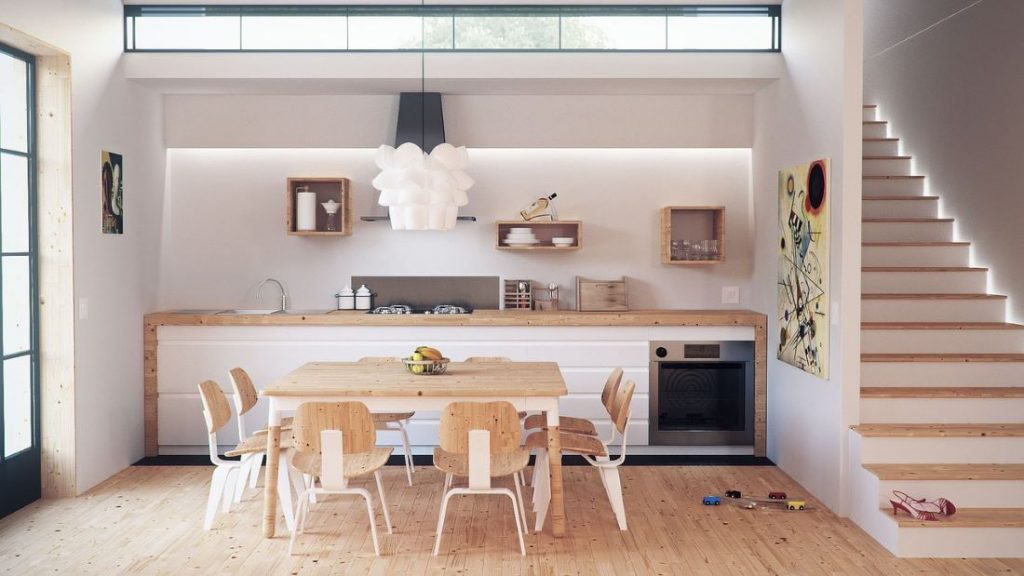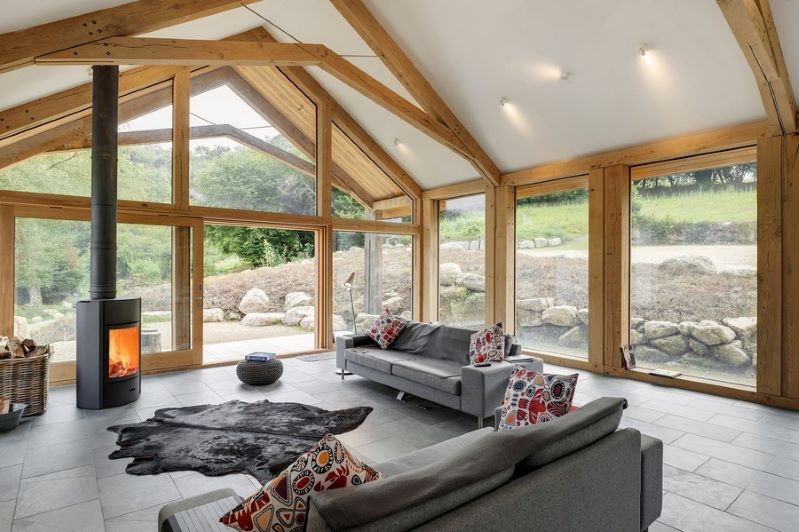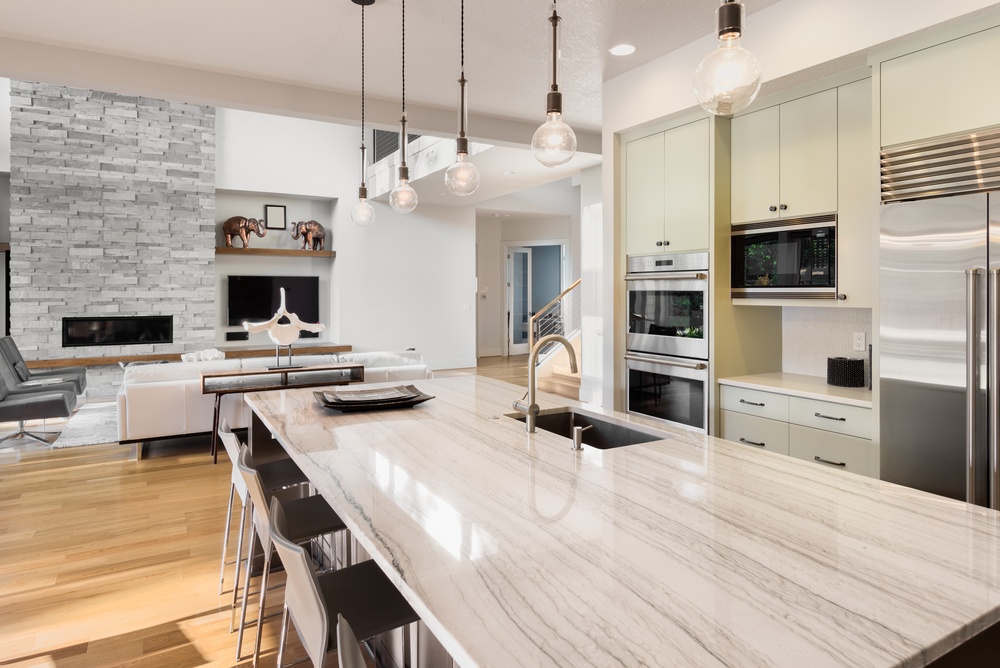Basement renovations are one of the most common upgrades homeowners undertake. It can be a daunting challenge, but with a set budget, schedule, and comprehensive renovation plan, an update to the basement is a job any homeowner or hired contractor can accomplish.
Planning for a remodel
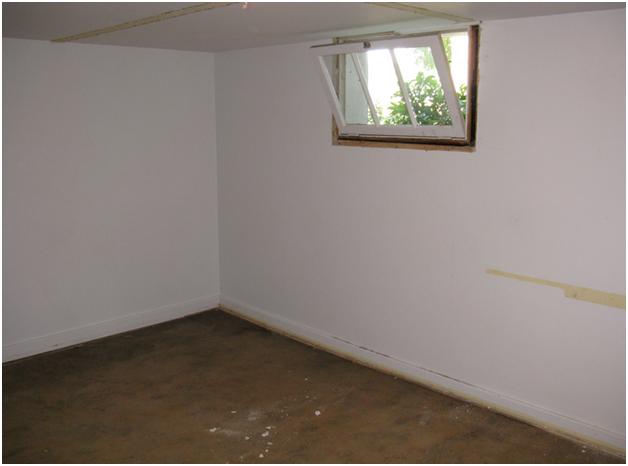
The first thing to determine is how the basement will be used. Some people renovate their basements into entertainment or family rooms; some use it for storage, while others remodel the basement to rent out as apartment space to those in need of a place to live. The key detail to make any basement renovation go smoothly is to know how the basement will be used once it has been completed. This should be determined long before starting the project as it can vastly affect the renovation budget and plans.
If laundry facilities will be in the basement or if the homeowner wishes to put in a basement bathroom, they should make sure that they will be located as close to the hot water heater as possible. If the room will be used as a family or entertainment room, homeowners should take into account the amount of electrical rewiring that may need to be completed. Intricate remodeling of the plumbing and electrical infrastructures will drastically run up the budget. The next thing to determine are the size dimensions of the room.
When planning a basement renovation it is imperative that the homeowner and contractor know how much space they have to work with. In order to do this, homeowners first need to be equipped with some basic supplies such as a measuring tape and a sketch pad. Grid paper works very well for measuring to scale. Run the measuring tape from corner to corner and from floor to ceiling, making sure not to round up or down to the nearest whole number. Accurate measurements are very important.
Take into account any pieces of crucial equipment, such as hot water heaters and furnaces, as these will need to be designed around. Homeowners should also be sure to take into account the location of windows and doorways and should be sure to mark the location of these things on their sketch.
It is recommended that the homeowner do at least two sketches, one to serve as a template of the original basement and one to serve as a template for how they want the basement to look at the end of the project.
Once the sketch has been finished, the homeowner can begin to fill in details of what they would like their new basement to look like and how they want it to function. Homeowners should note where any electronics and plumbing will be located if they plan to hire a contractor as it will make the job much easier for them.
Many homeowners find it beneficial to collect reference materials such as home renovation magazines or paint and fabric swatches to serve as inspiration. Material and Contractor Price Estimates
Once the purpose of the room has been decided, the room itself has been measured, and a sketch has been completed, homeowners should begin to prepare a renovation budget. Total cost for renovation projects depend on how extensive the upgrade is going to be and whether or not the homeowner will be hiring on a contractor. If they are completing the job without a contractor, renovators should shop around for all materials that will be needed such as drywall, paint, and electrical wire to get the best price available.
If the homeowner will need to rent any kind of heavy duty equipment such as jackhammers or dumpsters for hauling away garbage, they should call around to local rental shops to get the best price. If a homeowner decides to hire a contractor, they should also shop around for various estimates, taking into account the contractor’s reliability and reputation.
Agencies such as the Better Business Bureau and local consumer review boards can be a great place to start. Opinions from former customers can usually provide a good gauge of a contractor’s general work ethic and performance. Homeowners should be thorough in informing a contractor of how much work there is to be done, what purpose the room will serve upon completion, and a general time-frame of when they hope to have the project completed. Learn more about Supa Group renovations for your renovation needs.
These are all important factors in receiving an accurate estimate. Upon finding a contractor that fits their needs, the homeowner should establish the starting date of the project and the projected ending date, being sure to get as accurate of an estimate as they can before signing any contracts or agreements. Before the starting date, the homeowner should prepare the room for renovation by removing any personal effects or items being held in storage there. With a solid budgeting plan, the right materials, and a trustworthy contractor, a homeowner can enjoy an updated basement without any headaches.

